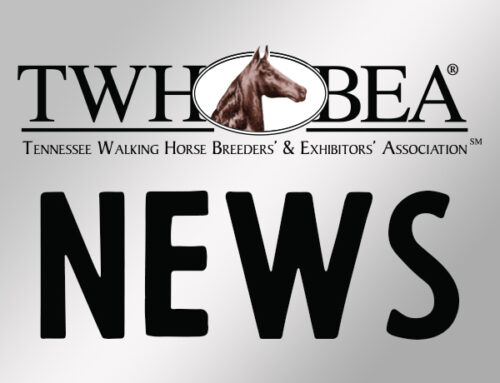No More Blankets
By: Natalija Aleksandrova
Holistic Horse & Hoof Care
In order for a mammal to survive, internal body temperature is kept within a very narrow range. If the temperature exceeds these limits either above or below, the chemical reactions on the cellular level function improperly. Or they stop functioning at all. Fluctuations outside of the normal temperature range result in health problems or death of the animal. Mature horses maintain their internal body temperature at a range around 38?. Foals, rapidly growing youngsters, pregnant and lactating mares have a higher norm of their internal body temperature (Hines, 2004). Most horse owners are aware of the damage and crisis inherent with fever states. Few horse owners realize how well-adapted horses are to deal with cold when certain aspects of their lifestyle are in place for them.
Over thousands of years, the wild horse has spread over the entire world. Whatever place in the world they live, the horse was exposed to constantly changing temperature — through a day/night rhythm or a seasonal rhythm. Yet even today wild and semi-wild horses, as well as domestic ones, provided with species appropriate living conditions, survive perfectly any conditions Nature exposes them to. Whether it is the north of Europe or Australian deserts, the horse is exposed to all of Nature’s changing elements — wind, sun, rain, snow, fluctuating temperature, etc. Never in nature seeking such excessive enclosed shelters as man-made stables and barns nor caves, never in nature seeking ways of covering themselves with fabric. The horse has naturally evolved ways of thriving.
Heat in the horse’s body is continuously generated as a by-product of metabolism, and a healthy animal has significant internal sources of heat from the metabolic processes (Bicego at al., 2007). To control internal heat loss during the cold time of year, the horse is provided by Nature with complicated and extremely efficient anatomical, physiological and behavioral thermoregulatory mechanisms. In order that the mechanisms are used in the most efficient way, or at all, the horse requires conditions equaling species appropriate lifestyle environments.
On a genetic level, the domestic horse is the same as its wild counterpart: it has the same abilities and needs to survive. Basically, they do not need anything more from the human than only to provide keeping conditions that this species is supposed to have by dictate of Nature: freedom of movement 24 hours a day, free access to appropriate food 24 hours a day, herd life, proper hoof care, shelter which it can enter and leave freely. Under human care that respects the horse’s natural needs, and provides it doesn’t make this animal a subject for anthropomorphism through stabling, changing eating habits, blanketing, clipping, shoeing, etc., the domestic horse is able to properly use its amazing natural thermoregulatory abilities exactly the same way as the wild horse.
{Full article in the next “Voice of the Tennessee Walking Horse (TM)” magazine.}



